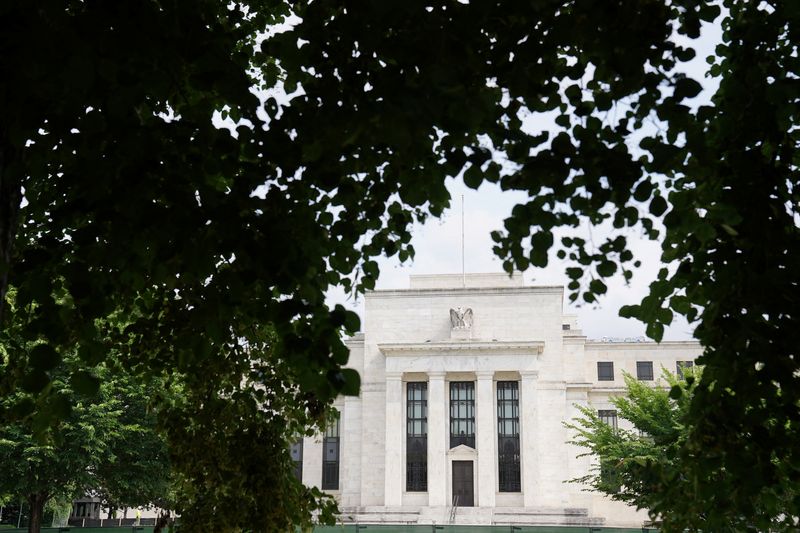Investing.com -- The June job openings report released Tuesday was better-than-expected, but a deeper dive into the details showed the tightness in the labor market continued to ease toward pre-pandemic levels, likely giving the Fed's confidence a boost to begin cutting rates in September.
"Despite the upside surprise to openings, all measures of labor market tightness edged down further, suggesting that underlying conditions have eased incrementally," Evercore ISI said in a Tuesday note, following data showing job openings fell to 8.18M in June from 8.23M in May, though beat economists estimates of 8.02M.
Beyond the headline number, however, the broad set of measures of labor market tightness including the quits rate, vacancy-to-unemployed ratio, and hires rate dropped below pre-pandemic levels, consistent with cooling in the labor market.
The quits rate, a gauge of labor market tightness, fell to 2.1% on a 3-month moving average, below the 2.3% recorded in February 2020. While the vacancies-to-unemployed ratio "displayed similar dynamics, declining at the margin and remaining close to the pre-pandemic levels," Evercore ISI said.
While the Fed has singled out an unexpected weakening in the labor market as a potential catalyst that will likely force it into action, Evercore ISI believes that it is "encouraging that the labor market is not showing signs of rapid deterioration."
"The latest release showed a decline in layoffs level and rate by -180k and -0.2p.p., respectively, continuing the trend of historically subdued layoffs observed during the post-pandemic labor market," it added.
Further insight into the labor market will come later this week on Friday, when the Labor Department releases the nonfarm payrolls data for July.
"We expect a 165k increase in payrolls in July (vs. consensus 178K) and a flat 4.1% unemployment rate," Goldman Sachs said, noting that "seasonally-adjusted job growth tends to accelerate in the summer when the labor market is tight."
The Fed kicked off its two-day meeting Tuesday and is expected to hold rates steady on Wednesday, but lay out the carpet for a September cut.
"We continue to expect a first cut in September followed by quarterly cuts," Goldman Sachs added in a recent note. We see the risks to the Fed path as tilted slightly to the downside of our baseline of quarterly cuts, though not quite as much as market pricing implies.
